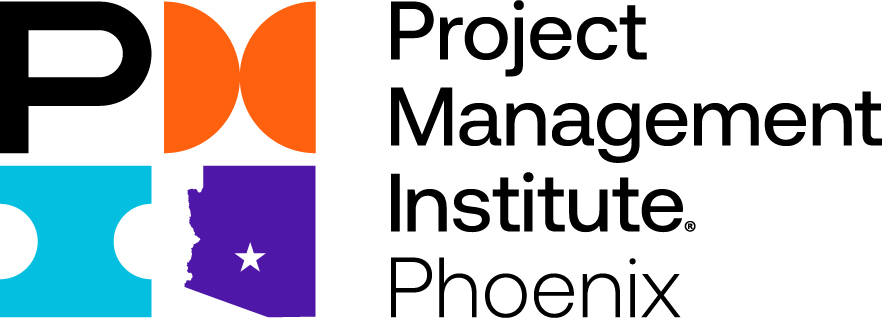Continual Learning
It’s cliché that the world is moving quickly. A key element of this change is companies, many whom are your competitors, continually looking for better ways to serve customers. Just ask Sears, Kmart, or Toys R Us and they’ll tell you – If you’re not finding a better way, someone will.
The problem is our current structures are not built for learning – they are built for control. Hierarchies are built to increase efficiency and stability in the organization, not leverage great ideas. We need to change this. We need to build companies of entrepreneurs, where experimentation and innovation are an integral part of what we do. We want good ideas to get the same attention, no matter where they originate.
How to do we foster continual learning into our organizations
Before you even start, one of the first things to consider is understanding what is the clear goal of what you want when you are finished. Do you want more efficiency, do you want more customer value, do you want more sales, do you want more revenue, more profits? As we discussed in Part 3 – Teams are amazing idea engines – set them loose on a problem and they will come up with incredible results, but you have to start with pointing them towards the right problem. As a leadership team – it’s your responsibility to understand where you want innovation in your organization and what is going to make a difference, so your teams can focus on how to get you there.
The next thing you need is the right environment. Looking back again at Part 3 the Power of Teams, we mentioned psychological safety is important. But, that isn’t just safety within the team. Ironically, for the team to succeed they also need to be able to fail. With innovation, people need to feel safe in the organization as a whole, knowing that ideas may not work every time, but when they do, it will be worth it.
You also need an idea meritocracy. Often when you start a new team, members come in wanting to know what their tasks are and when they are due. They know they are usually asked to leave their brain at the door and just do the tasks as asked. What a waste of good people! Teams need to know that great ideas can come from anywhere or anyone. It shouldn’t matter if you are in accounting, you might have a great idea for operations. Operations might have a great idea for sales. You may see great ideas come from facilities, customer service, or accounting. We need to be able to judge ideas on merit, not rank or role.
This next part is a little more controversial since it has to do with money. To entice entrepreneurs, you need to be able to share rewards for great ideas. To find the best way to serve customers, you need to measure the value the team is delivering to them. Taking that one step further – as teams deliver great value, there should be some direct rewards, sharing the value of those ideas that made it possible.
It’s rewarding to see the value customers are getting but if organizations don’t share a portion of the benefits, team members may end up feeling cynical that they’re doing a great job, but the owners are the only ones seeing rewards. Nucor Steal pays employees 75% of market wages, but with bonuses they can make 125%. At Google, employees can make as much as 300% more than someone in the same role, based on the value of their contributions. Haier, a Chinese appliance company, has broken departments into small mini companies where employees are encouraged to think of new revenue streams and there can be significant rewards when those ideas payoff.
Beyond the right environment, the last element is room to process and digest thoughts. Agile is the only methodology I’ve seen that does continual improvement effectively. The reason is that there is time built into every iteration to take a step back, discuss where to improve, and build those tasks into the next iteration. We all know that improvement is important, but we’re not scheduling time to do it.
In one of the departments I managed, I thought I was doing a great job delegating and communicating with my team till we had our first retro. I was surprised to learn that wasn’t the case. Over the course of a year, we were able to eliminate, automate, and delegate my administrative overhead from 20 hours a week to 4. It left me a lot more time to focus on strategic value and the team was much happier with the growth they were seeing. You have opportunities, but you won’t know where those opportunities to grow are, or what is possible, until you take time to ask.
Benefits of Continual Learning
People talk about an Agile transformation like it is a destination that you get to. However, Agile is a journey. It’s about building an organization that is continually changing and adapting to better fit the world around it. Continual learning is really one of the key principles to Agile because it builds a truly flexible organization. That means:
As an organization – you don’t have to worry about driving results. A key job today for leadership is to drive the organization to be more effective. Agile puts in a structure where everyone is focused on being more effective. That means leadership has more time to focus on strategic direction.
As a customer – the company is always growing and adjusting to better fit your needs. Every iteration, they are asking how they can serve you better.
As a team – you get growth. Too many times we think people aren’t satisfied because of money or benefits. But a key reason employees leave a job is because they don’t have an opportunity to grow. Continual learning gives you the opportunity to not just do more, but to be more, increasing the value you add. If you’re with a good company, it also means you get to take the results of some of those ideas home as a well-deserved thank you.
The idea of continual improvement isn’t new. Toyota started quality circles after WWII leading to its popularity in the 1950’s. But, 70 years later, it seems we’re still not doing it well. Most teams meet regularly to discuss status. It’s not hard to add some reflection time to those meetings. You can google fun retrospectives to get some ideas of how to get people thinking more creatively. Whether you borrow the approach from Lean or Agile, building continual improvement will help your company grow.
As we have gone through the four key Agile principles, you’re probably thinking they aren’t new. You’re right, they’re not. Agile is really just a collection of good business practices, and rather than a detailed practice, it’s a combination of good principles that companies should leverage to improve what they do.
As you look at Agile, rather than thinking that’s not for me, or that would never work here, do what Agile did — Take a bunch of great ideas and make them your own.

